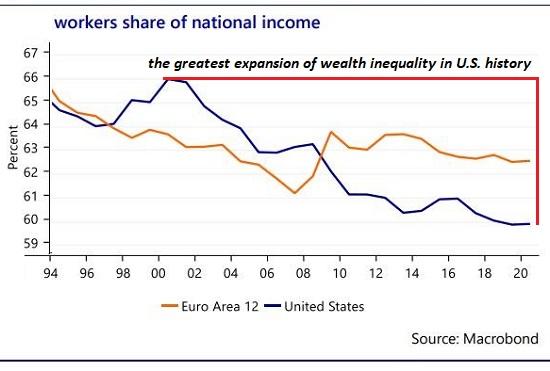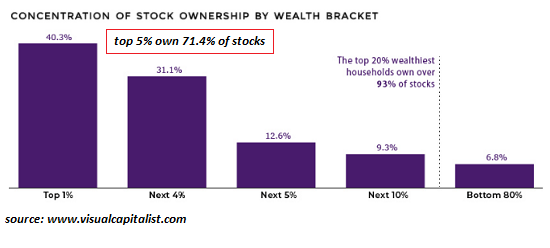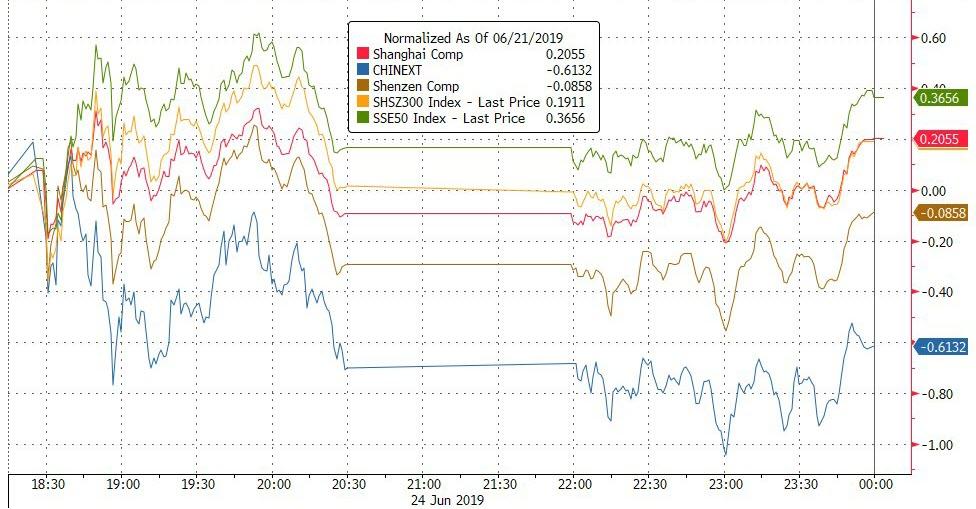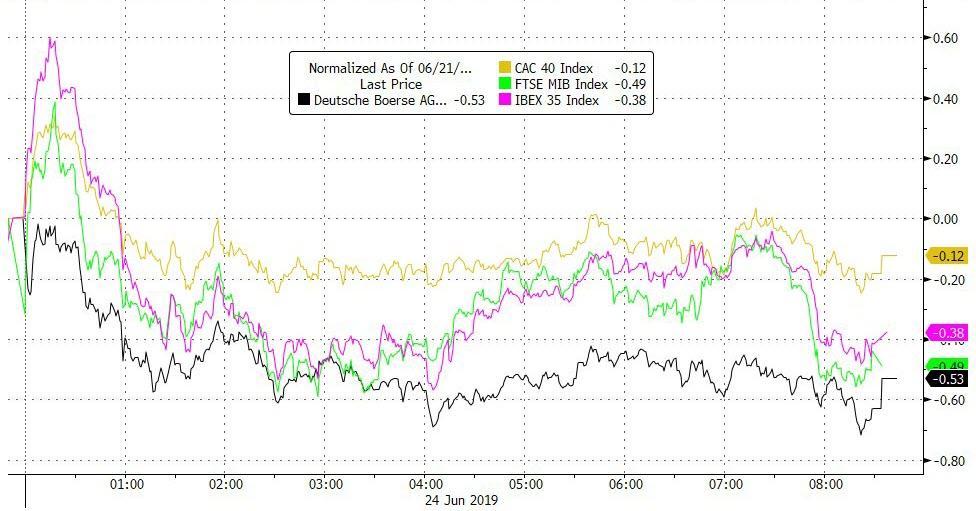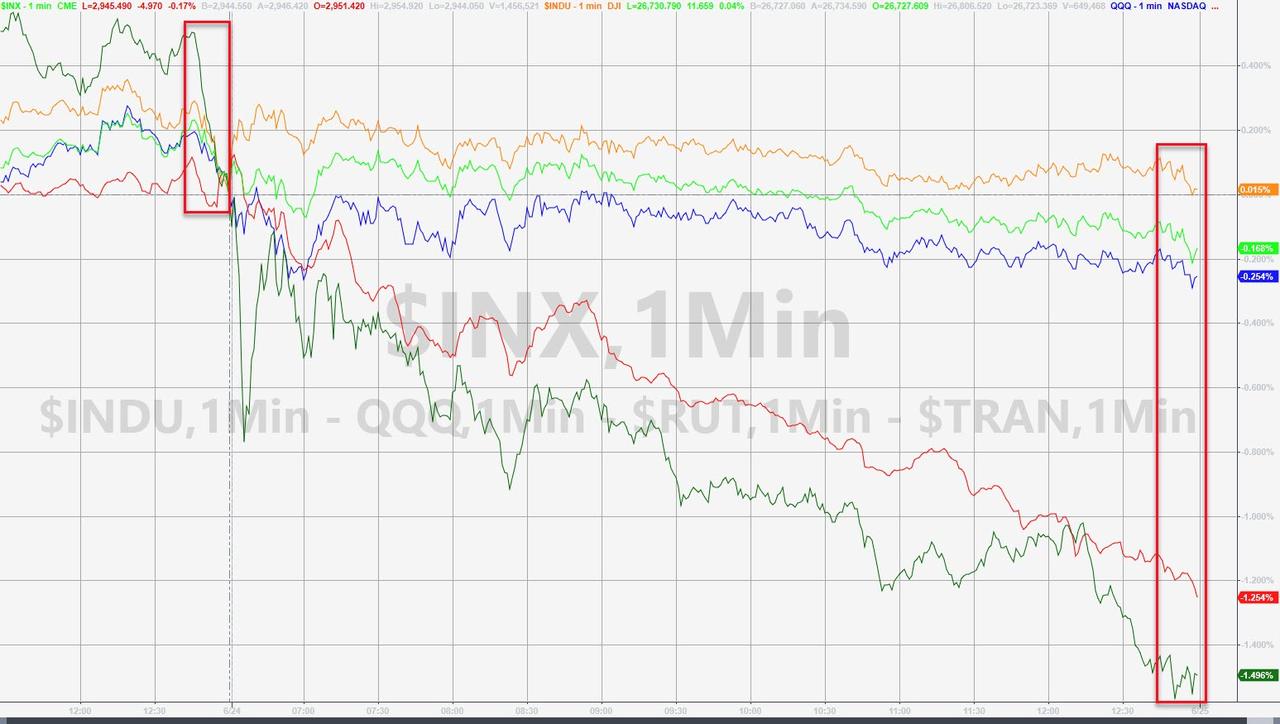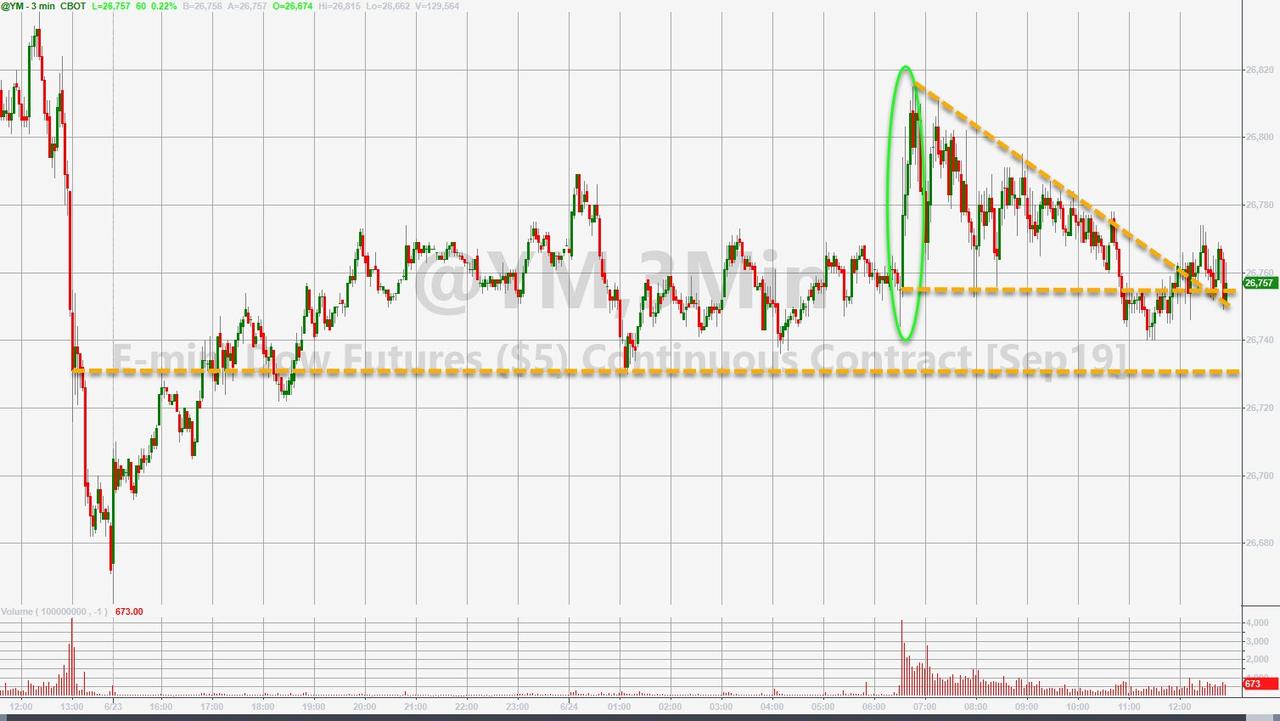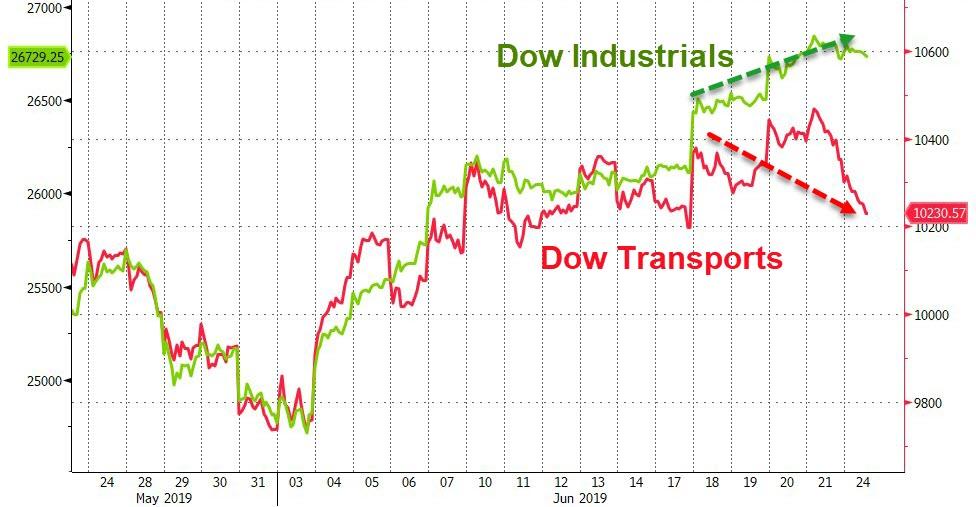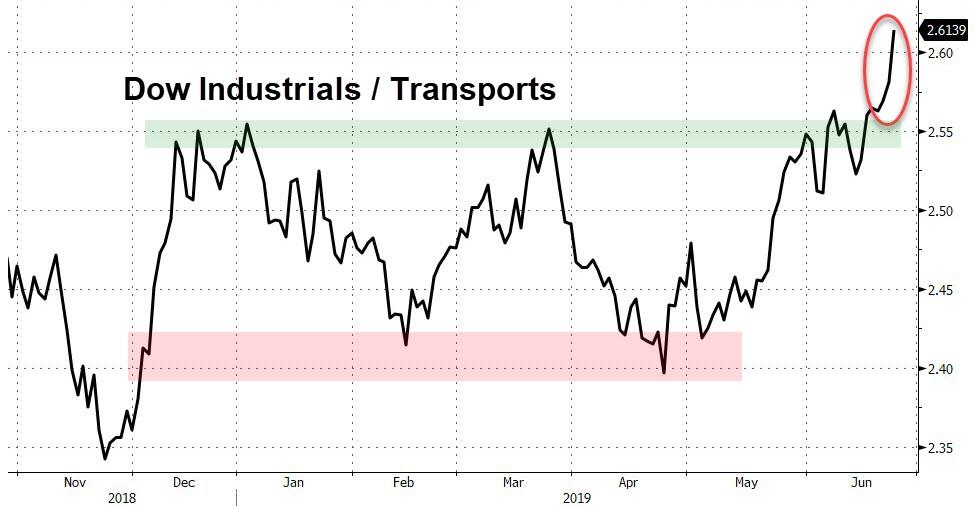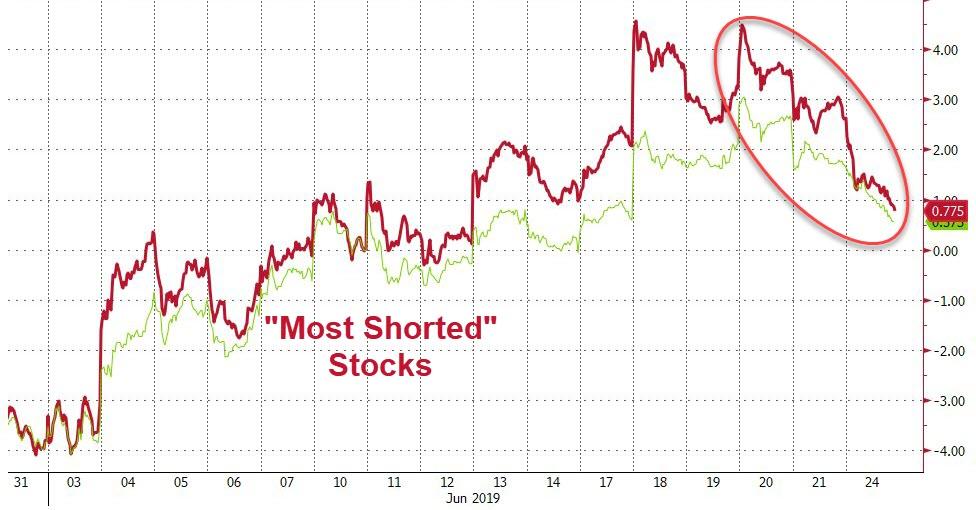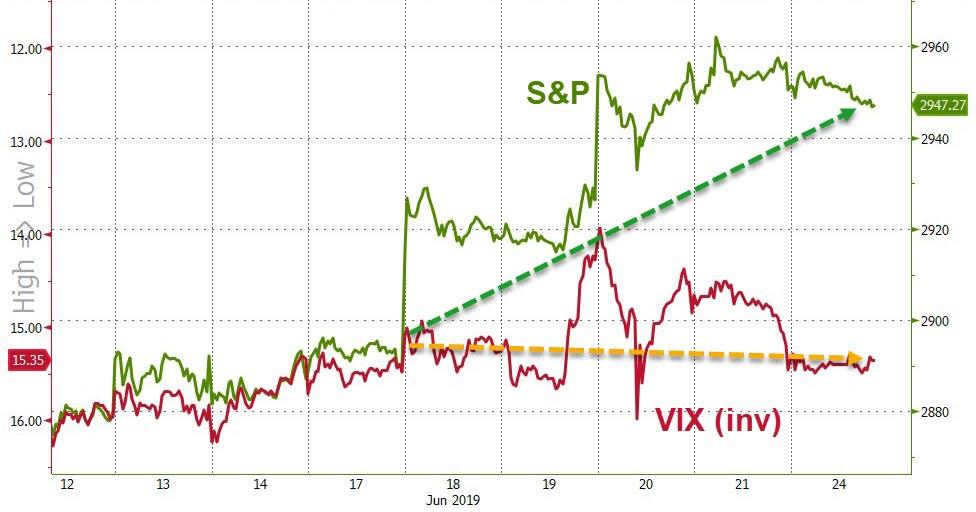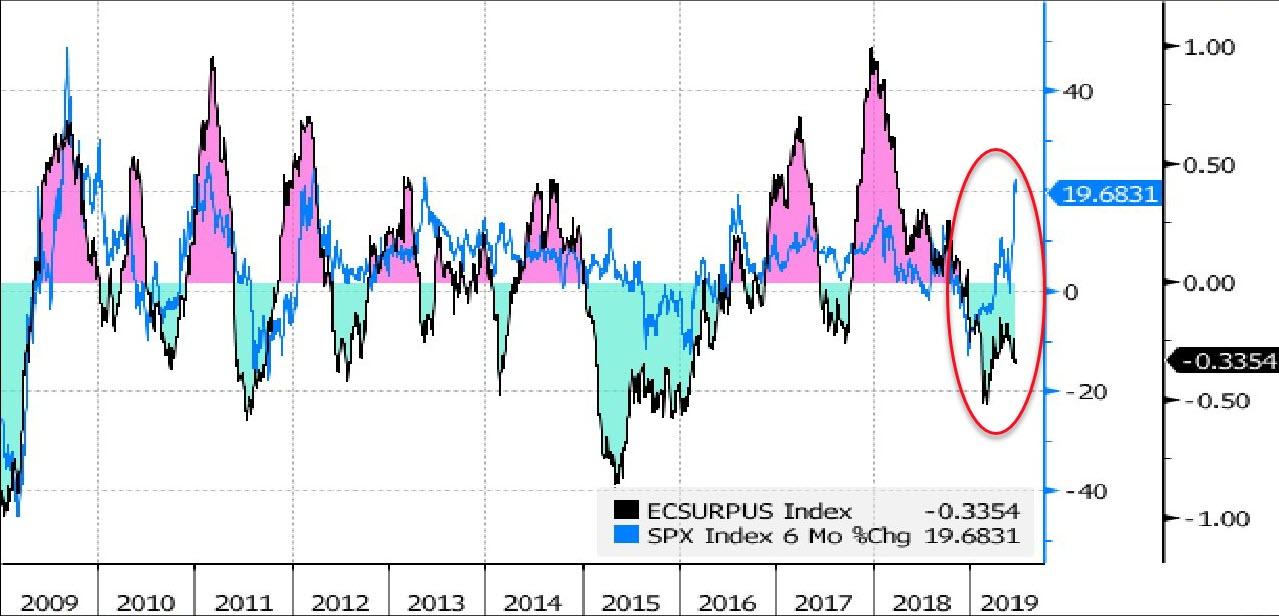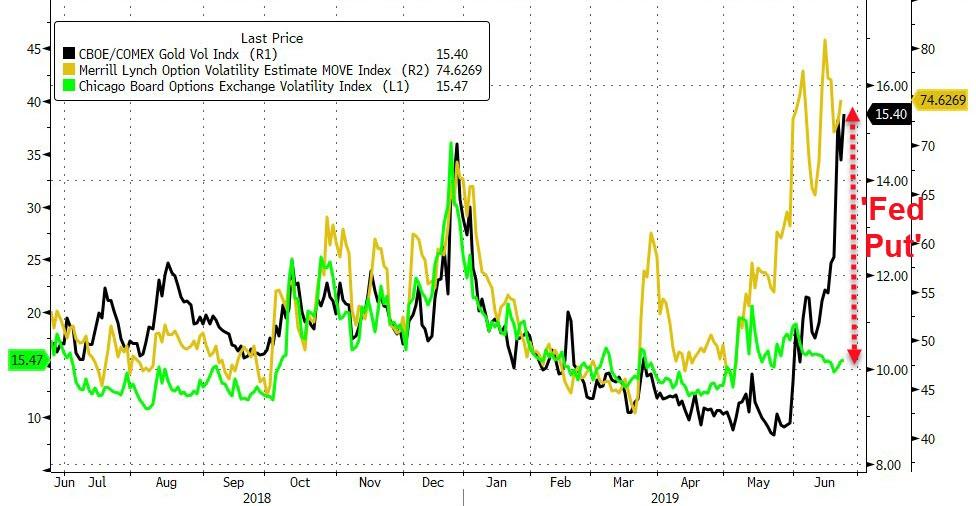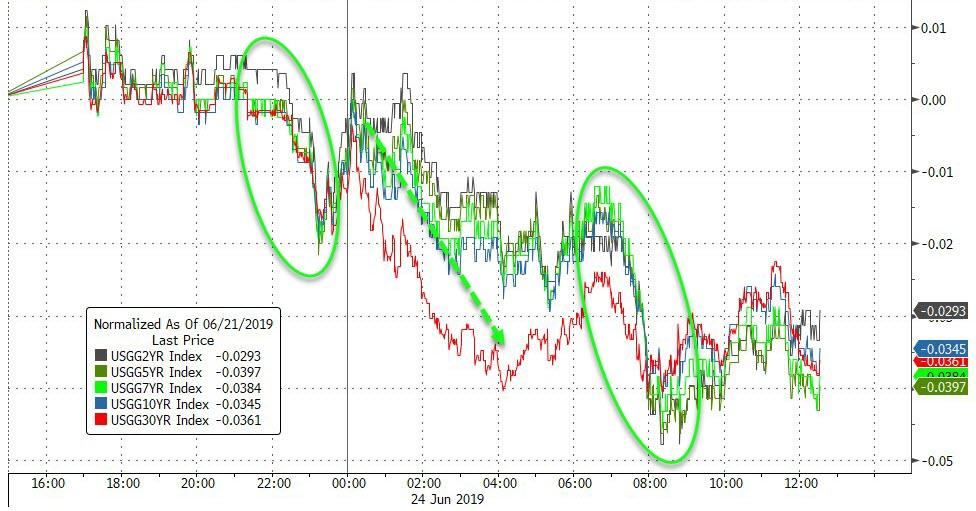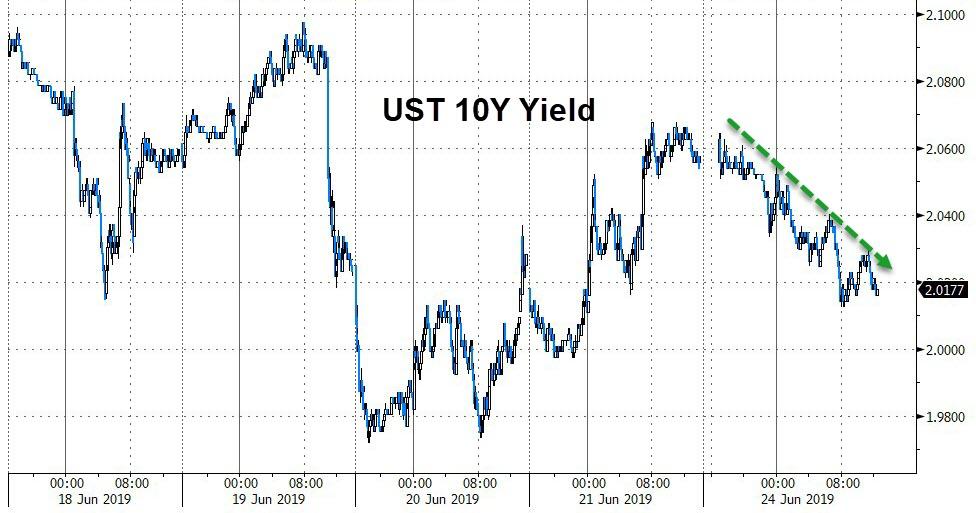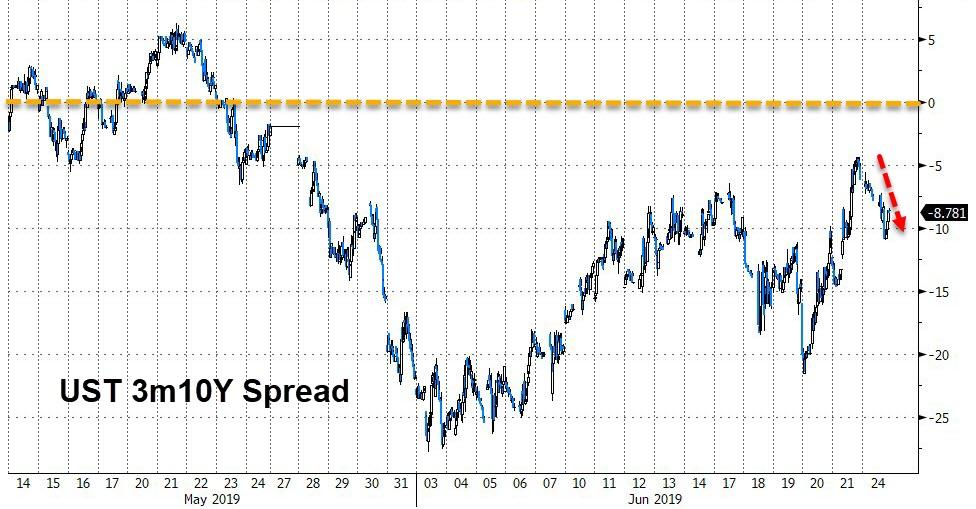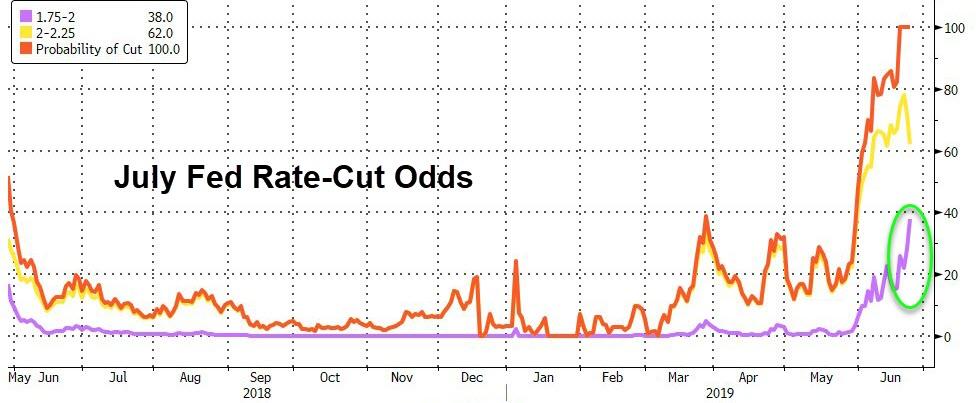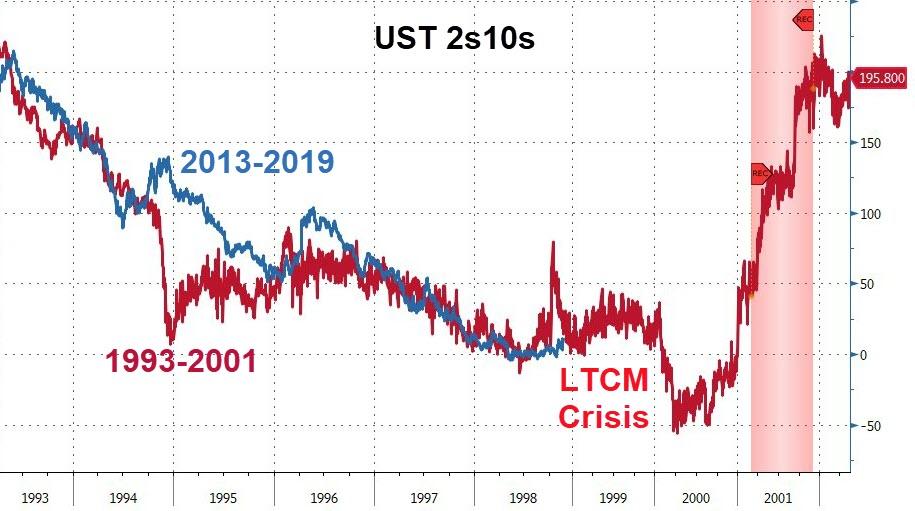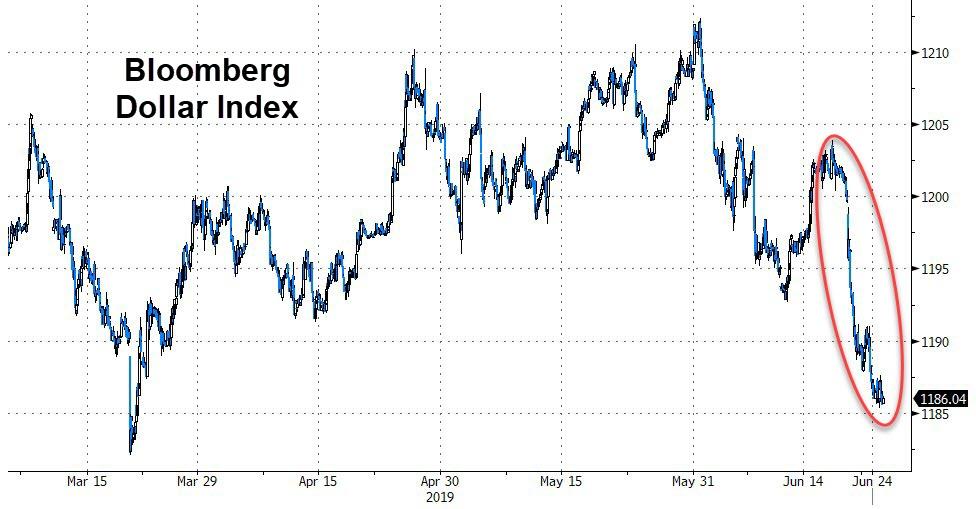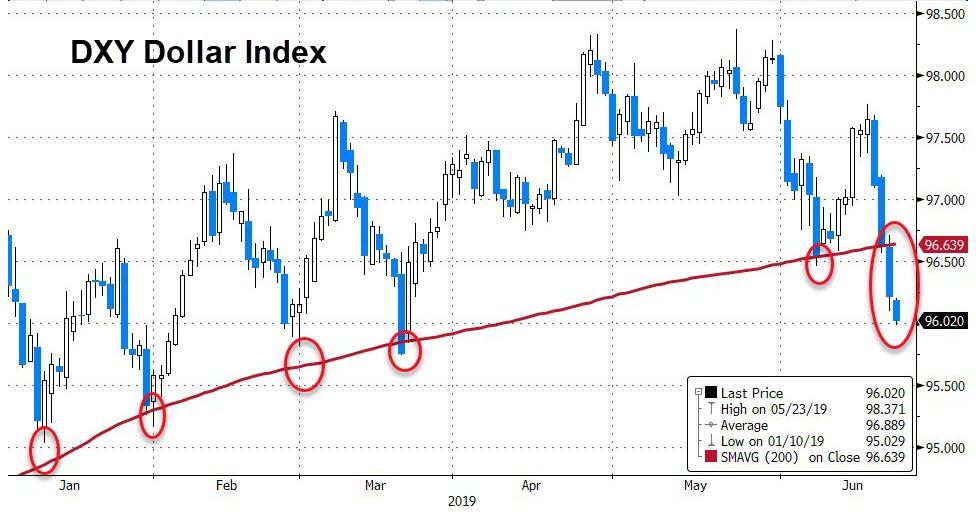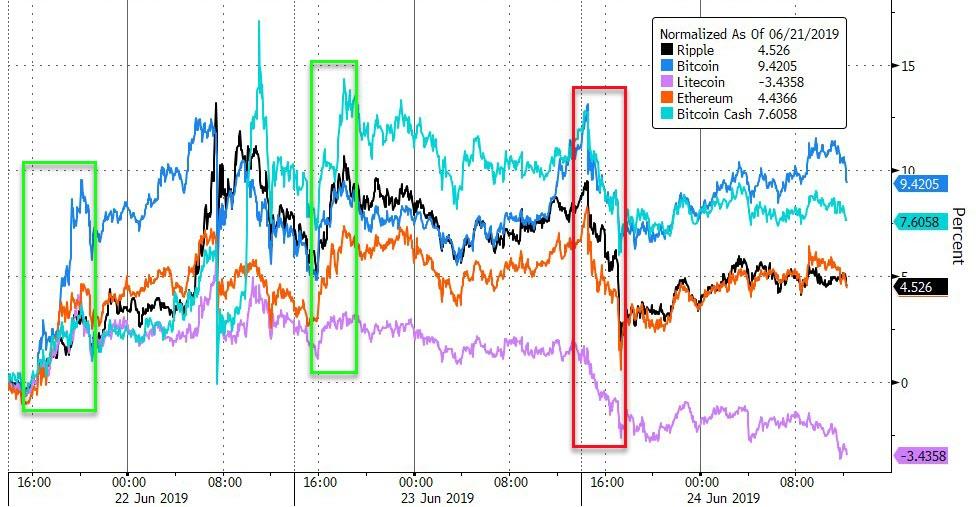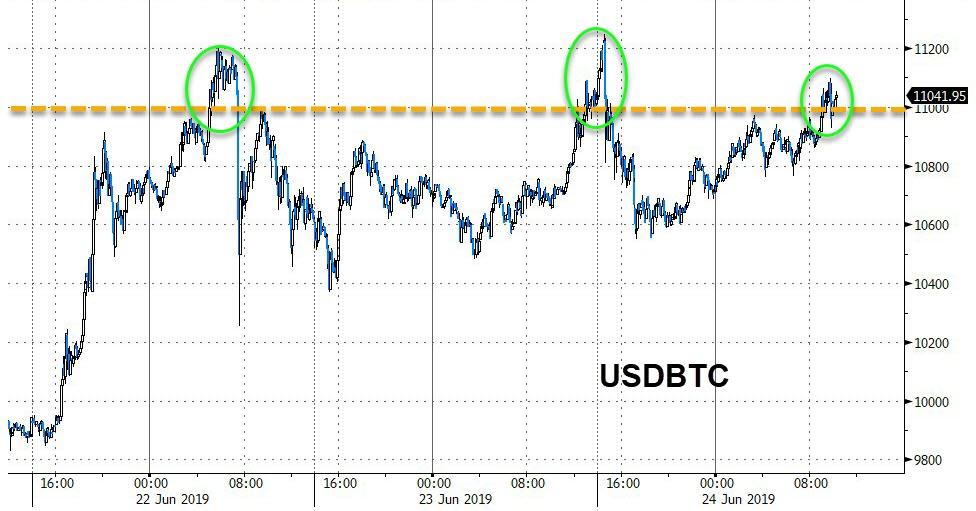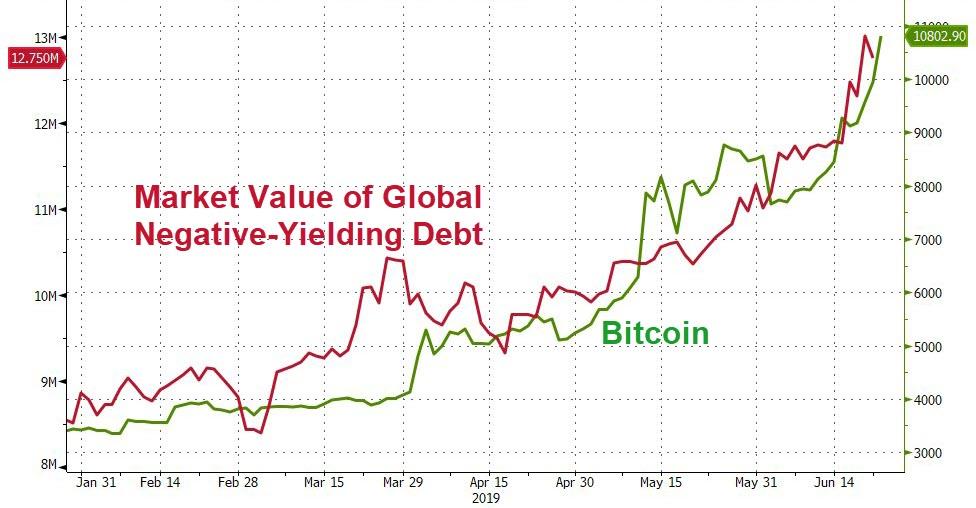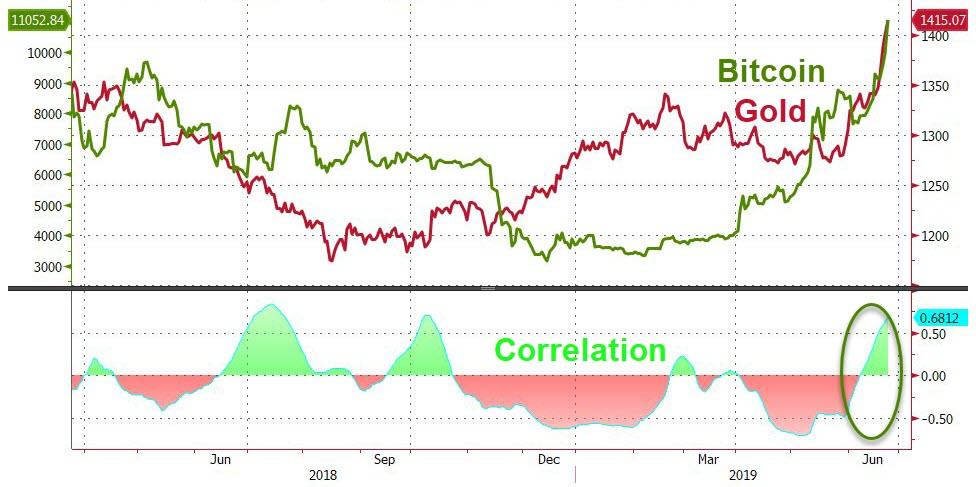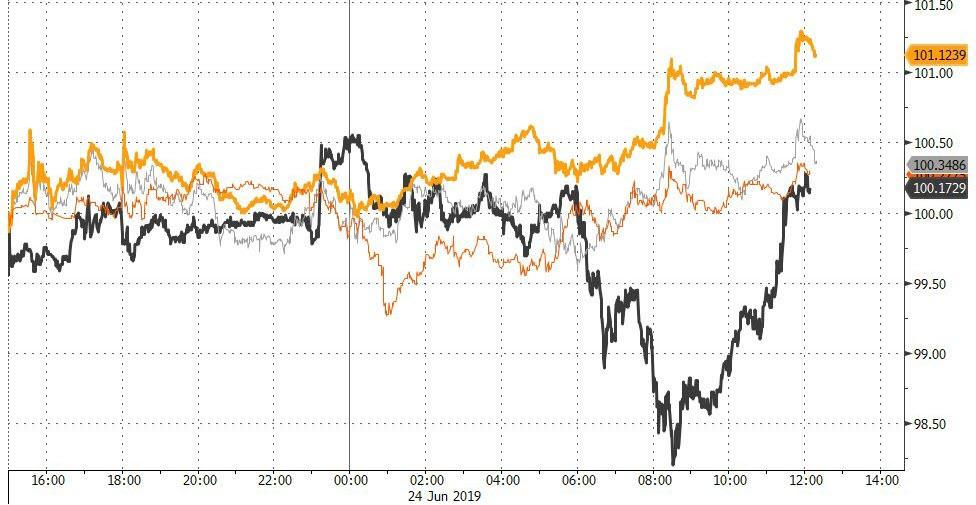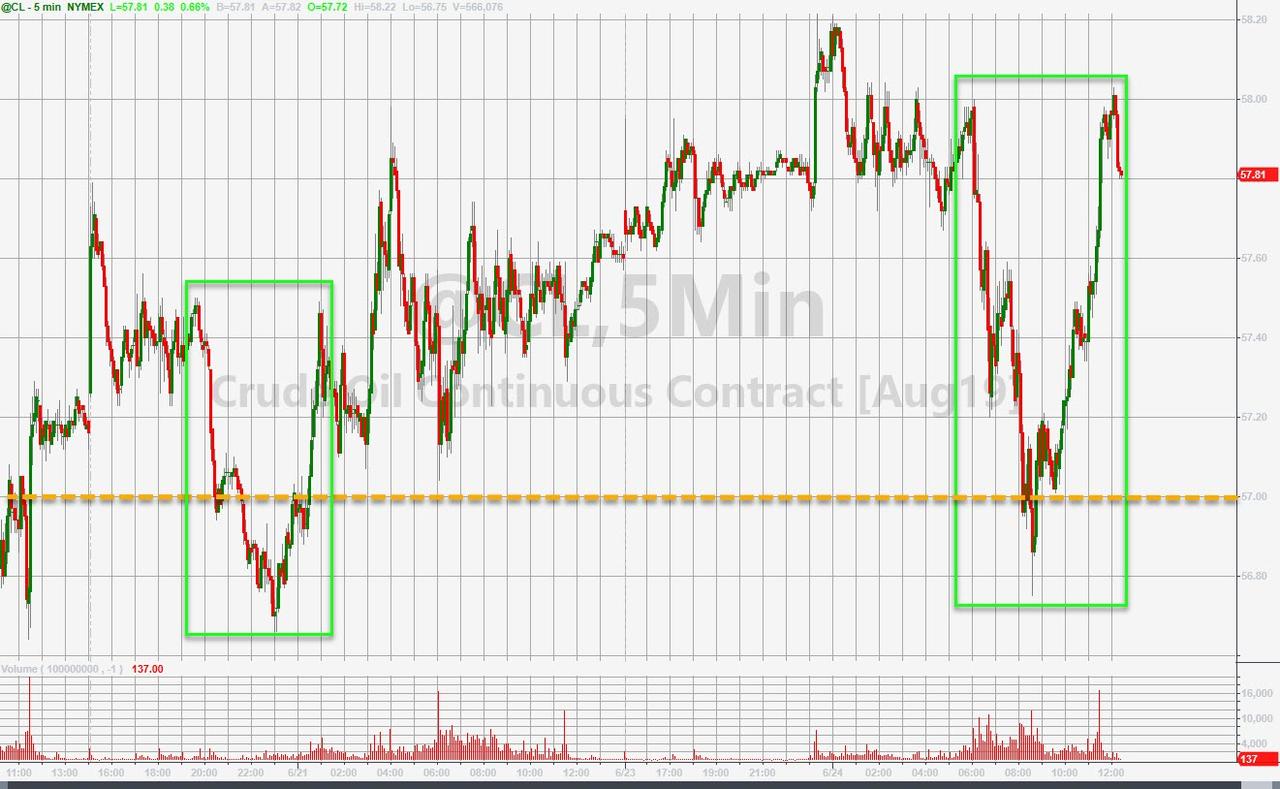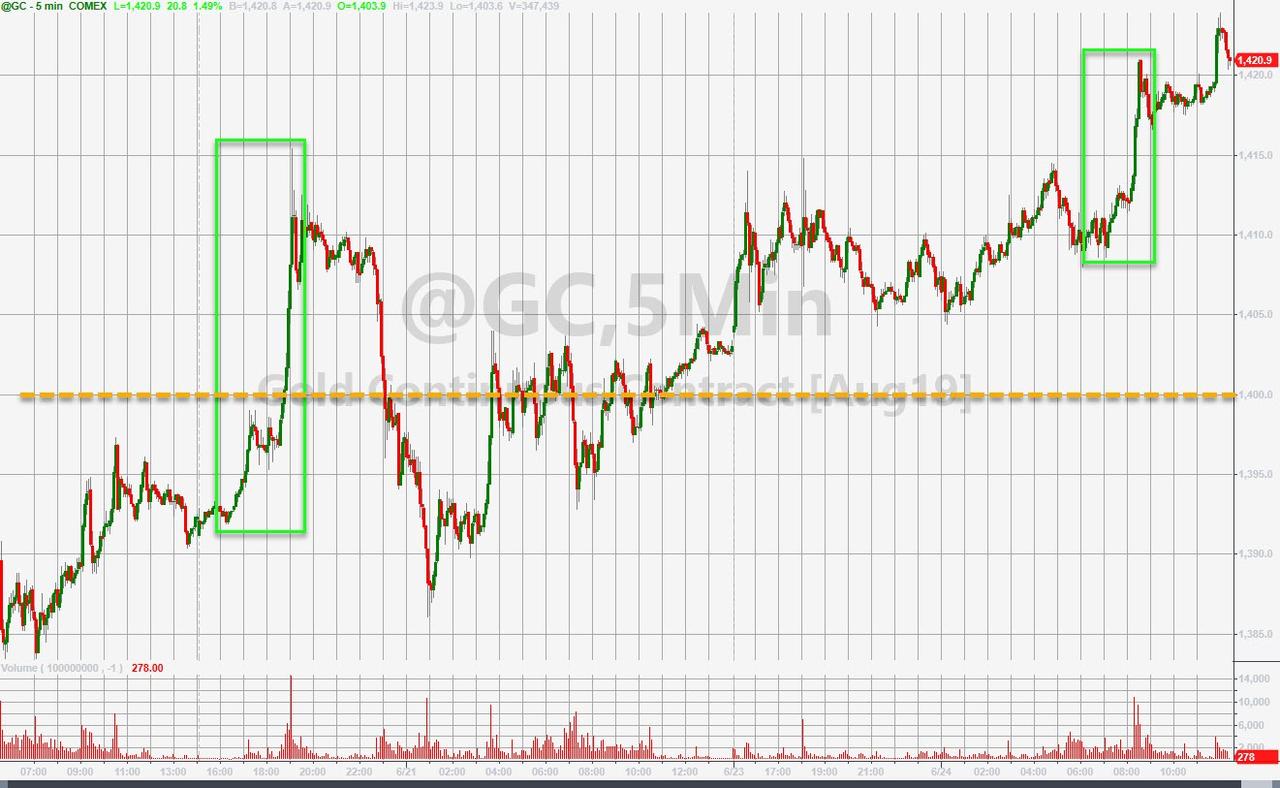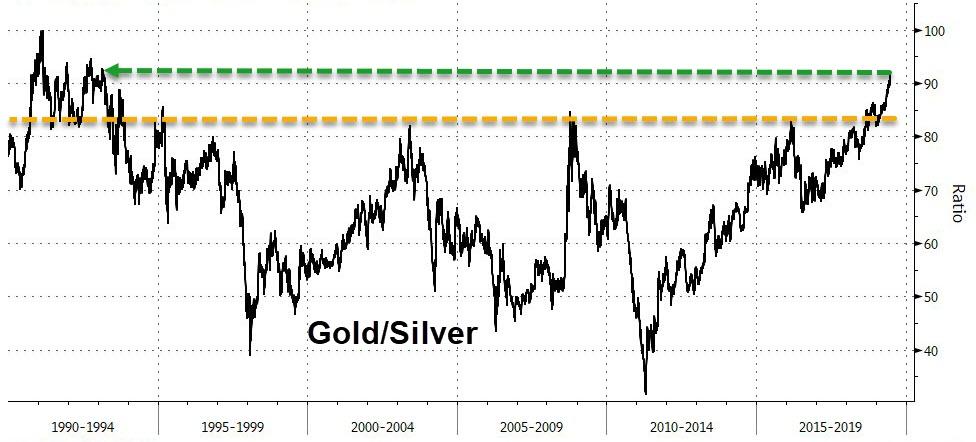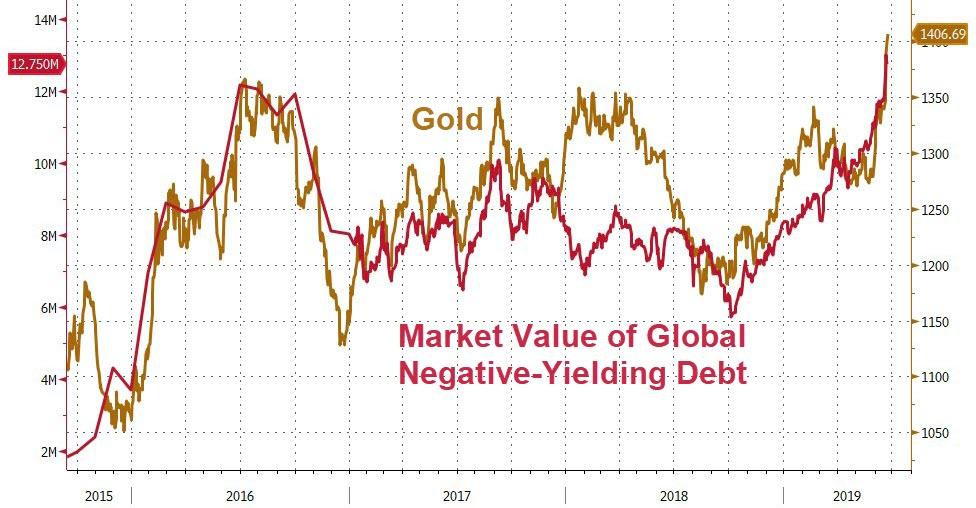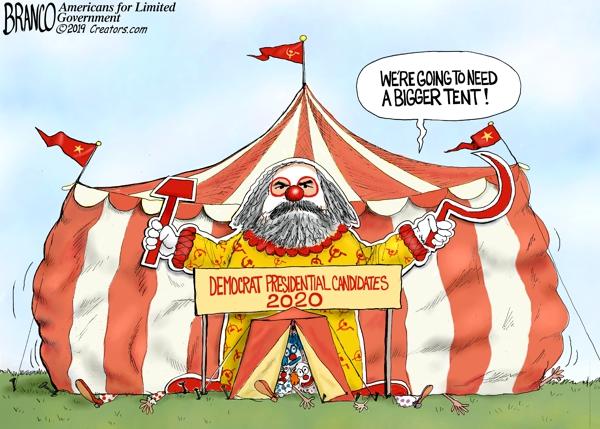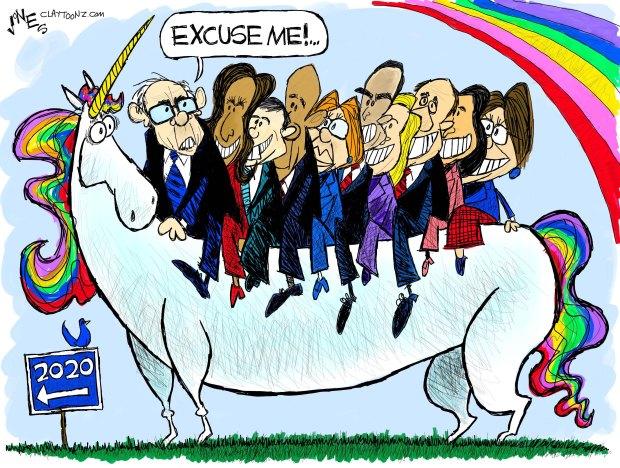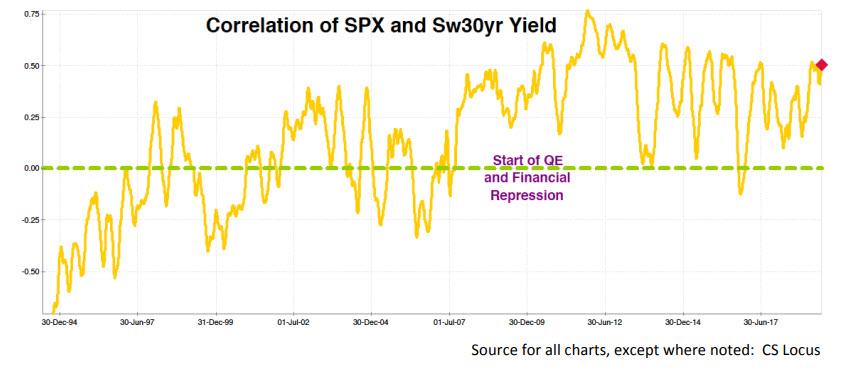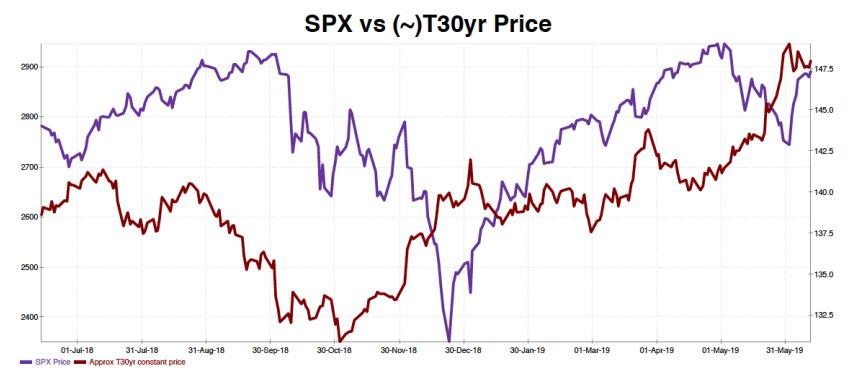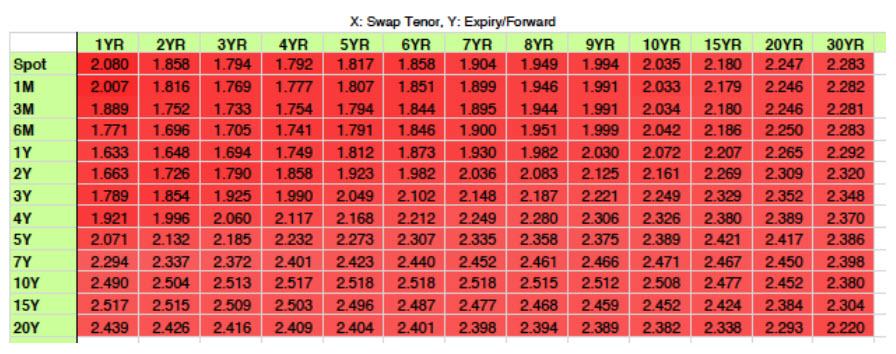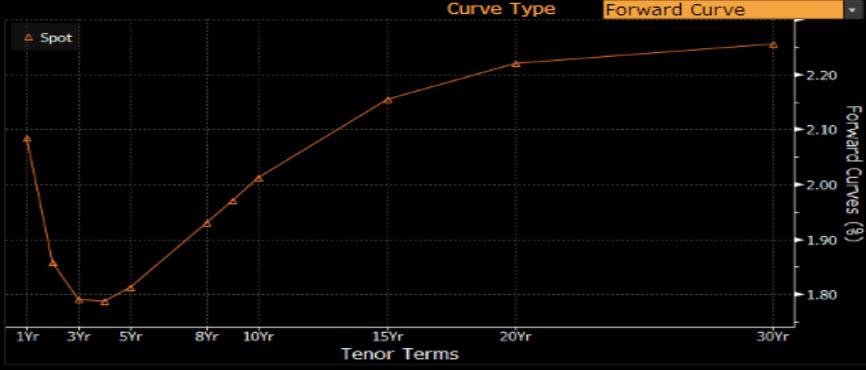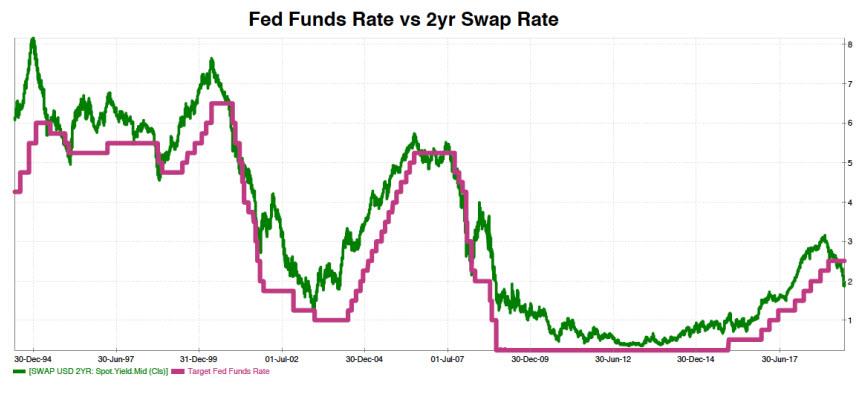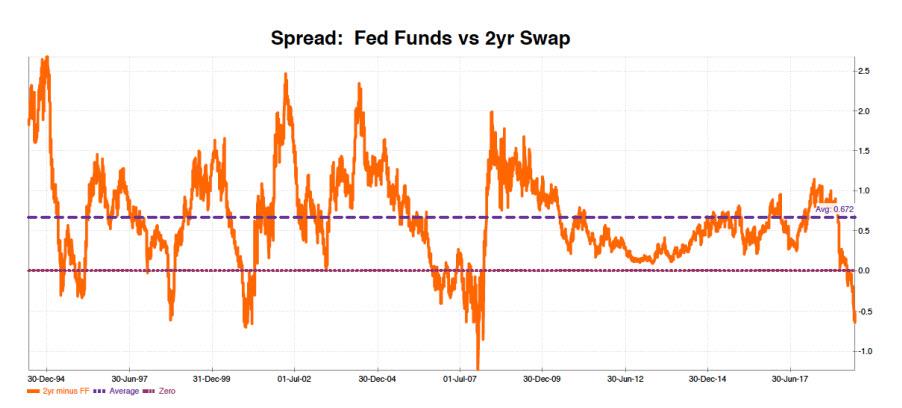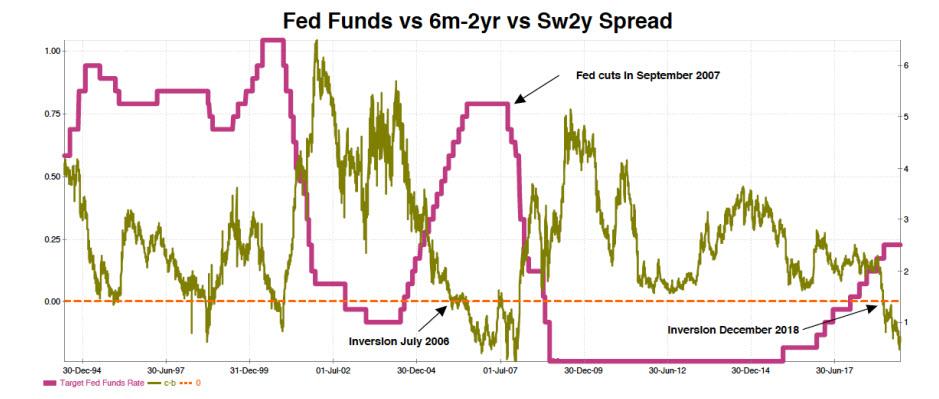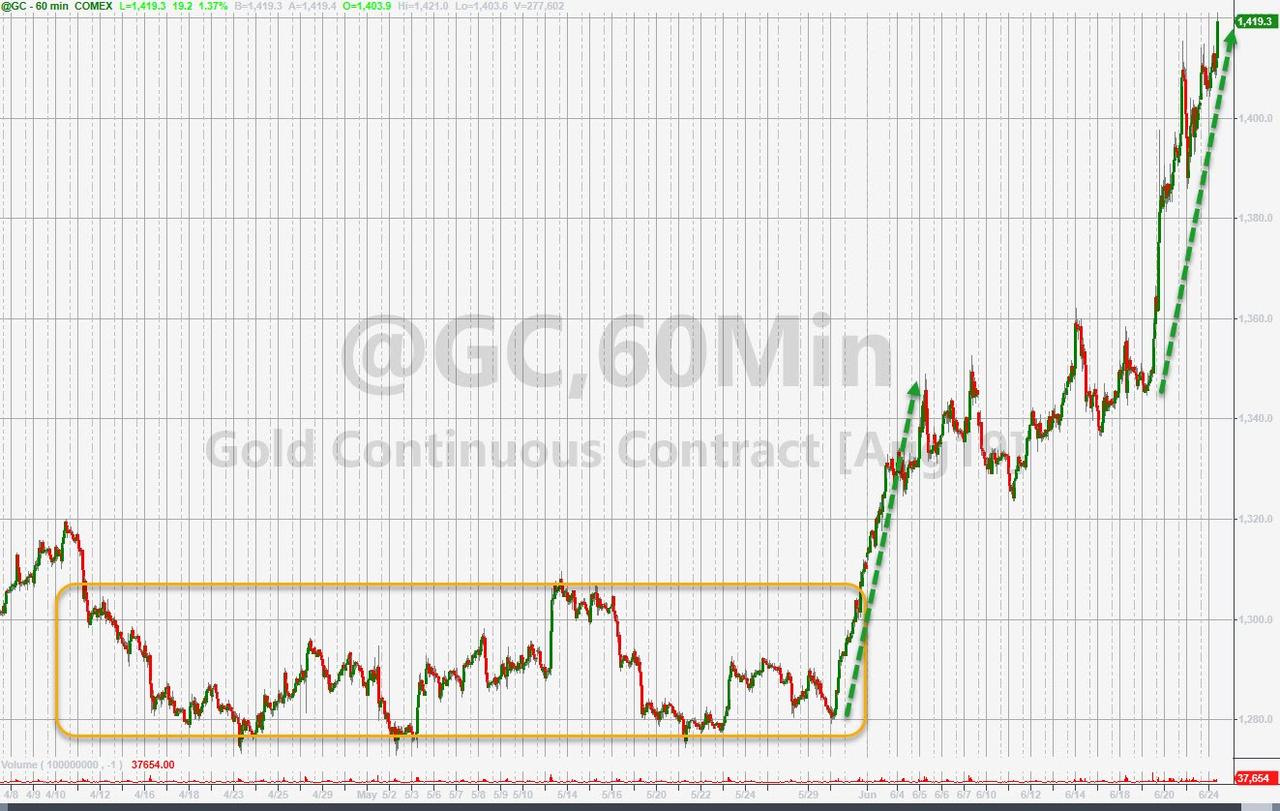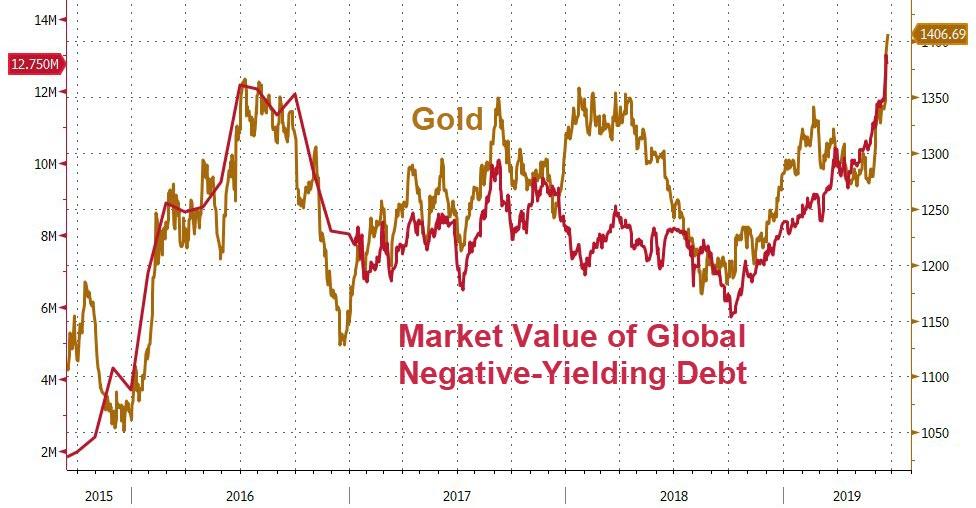Last February I noted that the First Circuit had invalidated the appointments to the Financial Oversight Management Board created by a statute called PROMESA to oversee the Puerto Rico bankruptcy. This was a big deal, and resulted in basically everybody involved asking the Supreme Court to review the case, and on Thursday the Supreme Court agreed.
The basic problem is that under the statute, most of the board members are appointed by the President from a series of lists given to him by the Speaker of the House, the Senate Majority Leader, and the House and Senate Minority Leaders. Article II, Section 2 of the Constitution, by contrast, says that “officers of the United States” must be appointed by the President with the advice and consent of the Senate, or if they are “inferior officers,” they can be vested in the President alone. The statute doesn’t do either one.
I’m sure the case will get a mountain of expert briefing this summer (not from me) and I think these issues are quite tricky. But this intersects with something I’ve been writing about and I’ve been trying to think through it, so I thought I’d lay out my own tentative views on several points:
First, territorial officers are not governed by the Appointments Clause I quoted above. That Clause applies only to offices “of the United States,” while the officers (such as judges) of a territory or the Commonwealth of Puerto Rico exercise a different kind of power. They are officers “of the Commonwealth of Puerto Rico,” or a particular territory and can exercise the executive/legislative/judicial power of that territory rather than of the United States. (I talk about this at pp. 10-20 of my draft on Adjudication Outside Article III.)
Second, I am simply unsure whether PROMESA board members are territorial officers. This turns, I think, on the scope of Congress’s power over territories and the proper legislative jursidiction of territorial officers, which I just don’t know enough about. But I am pretty confident that this is the right question to determine whether the Appointments Clause applies.
Third, but even if PROMESA board members are territorial officers, not governed by the Appointments Clause, their appointment might still be unconstitutional. In particular, the involvement of individual members of Congress as a formal part of the appointments process raises a serious constitutional question.
The appointment of territorial officers can be vested in a variety of territorial authorities, as territorial law sees fit. But if the President of the United States can be given the statutory power of appointment under PROMESA, it must be because that statutory power of appointment is an executive power, since the President is vested only with executive power. But if the statutory power is an executive one, then how can it be substantially shared with a member of the legislature as well, even though members of the House and Senate participate only in legislative power, not executive? The problem seems somewhat analogous to the problem of involving houses or committees of Congress in the administration of statutes that was invalidated in INS v. Chadha.
Here too, I’m sure there’s a lot I don’t know about the law and practice of non-appointments-clause appointments powers, but even if PROMESA board members are territorial officers, that doesn’t mean there are no constitutional restrictions on their appointment.
Fourth and finally, the Supreme Court also agreed to review the First Circuit’s holding that the actions of the unconstitutionally-appointed board members could be upheld under the “de facto officer doctrine.” I’m somewhat familiar with this doctrine, but I had thought that it applied to collateral attacks on official action, not to somebody who directly challenged the constitutionality of an appointment. So the First Circuit’s use of this doctrine seemed quite strange to me. Again, I might be missing something, but I’m glad that the Supreme Court also agreed to review this question.
from Latest – Reason.com http://bit.ly/2xa6a7F
via IFTTT

